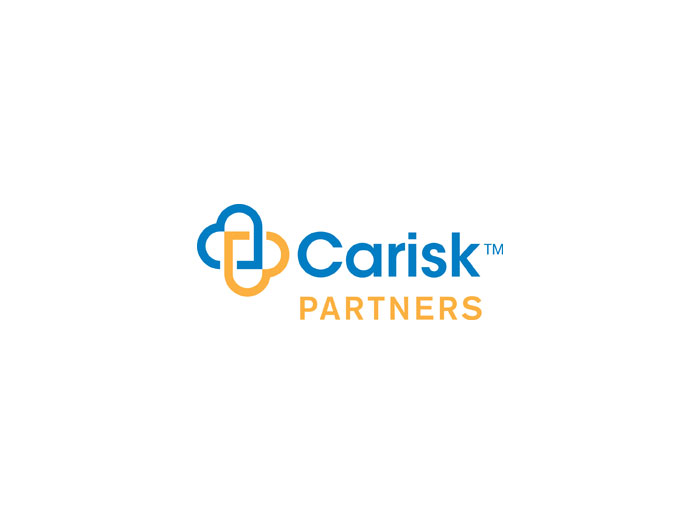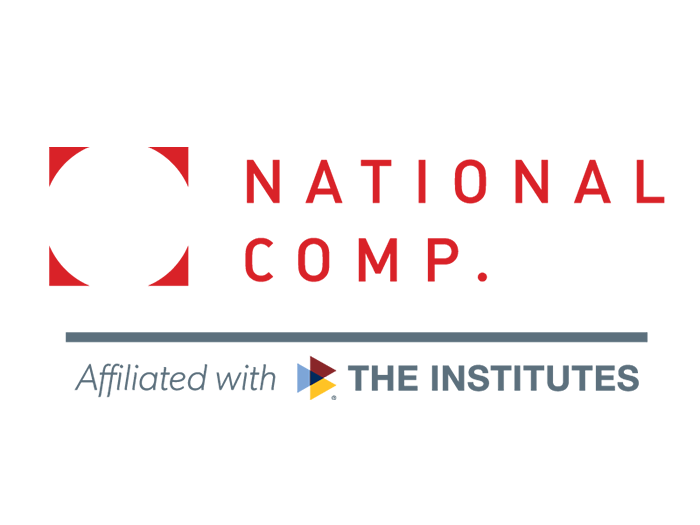Sponsored Content by CNA
Ransomware Is the Hacker Biz Model of Choice: 5 Best Practices to Protect Your Network and Users

Ransomware attacks used to be small and isolated, targeting smaller organizations less likely to have the resources to fight back. But attackers’ tactics are changing.
The WannaCry and Petya attacks of 2017 demonstrate just how powerful and expansive a ransomware attack can be. The attacks indiscriminately struck businesses of every size and shape around the globe, and though insured losses were low, the number of machines affected, size and prominence of organizations targeted, and level of public attention garnered by these attacks approached catastrophic levels.
“Ransomware is now the business model of choice for cyber thieves,” said Nick Graf, director of information security, risk control, CNA. “Hackers used to make their money stealing data and selling on the black market. Ransomware attacks offer much quicker access to liquid assets.”
“In most cases, they don’t care about your data; they want your cash.”
And most of the time they get it quickly and quietly. By asking for small ransoms from big companies, hackers ensure the amount demanded can and will be paid. Most institutions can’t afford to waste time fighting back against a cyber attacker. They need their data to keep their businesses going; the cost of business interruption is far greater that the cost of a $300 ransom, which is what thieves demanded during the WannaCry attack.

Nick Graf, Director of Information Security, Risk Control, CNA
And as more of our world becomes computerized, attacks are likely to grow in frequency and severity.
“Vehicles are increasingly reliant on their computer operating systems. We have smart homes, wearables, and an infinite number of devices connected to the Internet of Things,” said Andy Lea, head of cyber liability products, CNA. “Software security protections are still written by humans, so they are not infallible. Perfectly secure software doesn’t exist.”
In other words, “Everything is hackable.”
Despite growing awareness around cyber threats, a large segment of the business world remains unprepared.
“Many companies are not following baselines best practices,” Graf said.
Although no preventative measures can guarantee protection from the next ransomware attack, organizations can follow these five cyber security rules of thumb:
1. Update Security Patches
While relatively easy for individuals, implementing new security patches can be challenging for large corporations who have many more machines to update, and want to ensure that new patches won’t interfere with other operational systems or customized applications.
Because of these challenges, may companies delay security updates. But installing new patches promptly may be the simplest way to stay a step ahead of opportunistic hackers.
“Microsoft released new patches two months prior to the WannaCry attack. Had businesses applied these patches, their systems would have been unaffected,” Graf said. Up-to-date endpoint protections like anti-virus and anti-malware solutions also could have prevented much of the attacks.
“In addition to anti-malware tools, end-point security can also include data leakage protection, which can alert users if someone is attempting to ex-filtrate data files from, your system,” Graf said.
2. Train in Security Awareness
No security software, however, can fully protect an organization from negligent employees.
“Your users are your weakest link,” Lea said. “If you have employees that like to click links and open attachments, they can very easily bypass other levels of security that were put in place to protect them.”
Workers may assume that if an email or attachment made it through their company’s firewall, it must be safe to open. But no spam filter is completely ironclad. Employees should be trained to spot clues indicating an email or link is illegitimate and know how what follow-up steps to take, such as calling or checking in with an email sender in person to verify their request.
3. Create a Top-Down Security Culture

Andy Lea, Head of Cyber Liability Products, CNA
For personnel to apply their training consistently, they need to understand the risks facing their company and develop a true commitment to cyber security. The only way that can happen, Lea said, is if top management sets an example.
“Everyone from senior executives down needs to be educated and aware of security risks and the potential consequences of a cyber attack,” he said. Information security requires a holistic approach, with input and effort from every facet of an organization — not just the IT team.
“It may require a cultural change to get everyone on board, and senior leaders need to drive this change,” Lea said.
Underwriters will also look for a strong security culture, evidenced by senior management’s willingness to invest in system updates as well as the existence of cyber security policies and procedures.
4. Build a Response Plan
One of those policies or procedures should be an incident response plan, identifying which team members will take action immediately following discovery of a hack or data breach.
“Being proactively ready can greatly reduce the negative impacts of an attack, including from a regulatory perspective as well as from a business interruption standpoint,” Graf said.
A ransomware attack’s biggest impact, after all, is not the ransom itself but the cost of being unable to access data, and the extra expense of getting operations up and running again.
5. Conduct a Gap Analysis
Once an organization has updated its security and policies, it should periodically conduct gap analyses to identify its weak points and ensure that cyber defenses adjust appropriately. Because technology — and hackers’ strategies — are always changing, companies’ exposure will change as well.
“No one control is enough to protect you,” Lea said.
Organizations should assess the security software and tools they have in place, like firewalls, as well as employee onboarding and training plans, company IT policies, and business recovery and continuity plans. They should examine their data to see what is at risk, and assess how they collect, store and protect it.
As part of their cyber solutions offering, CNA’s risk control specialists will sit down with companies to take a deep dive into their cyber operations.
“We’ll meet with senior members of the security staff and look holistically at the controls they have in place. We’ll spend time digging into the sensitive data they hold. Is it credit card information, healthcare information, or other financial information? Where is it stored?” Graf said. “For large distributed companies with legacy systems, the data can be all over the place. We would help them address that.”
CNA Cyber Solutions
Beyond obtaining comprehensive insurance coverage, the biggest benefit companies gain through partnerships with experienced carriers is access to risk control services. In addition to its in-house team of cyber professionals, CNA also partners with third party security services to help insureds strengthen system defenses.
“We take pride in our risk control teams and services,” Graf said. “Our employees are all specialists in their field.” Graf himself is a certified ethical hacker, while 16 other specialists are certified information privacy technologists.
“We’ve partnered with the International Association of Privacy Professionals to certify additional staff as well,” he said.
In addition to risk professionals and an experienced underwriting staff, CNA has also earned a reputation for its claims management team. “Claims services are ultimately what you’re paying for when you buy an insurance policy. We strive to provide a good experience – fair and fast – for clients, from start to finish,” Lea said.
First- and third-party coverages are also available through CNA’s NetProtect cyber liability policy.
To learn more, visit: www.cna.com/cyber.
One or more of the CNA companies provide the products and/or services described. The information is intended to present a general overview for illustrative purposes only. It is not intended to constitute a binding contract. Please remember that only the relevant insurance policy can provide the actual terms, coverages, amounts, conditions and exclusions for an insured. All products and services may not be available in all states and may be subject to change without notice. “CNA” is a service mark registered by CNA Financial Corporation with the United States Patent and Trademark Office. Certain CNA Financial Corporation subsidiaries use the “CNA” service mark in connection with insurance underwriting and claims activities. Copyright © 2017 CNA. All rights reserved.
This article was produced by the R&I Brand Studio, a unit of the advertising department of Risk & Insurance, in collaboration with CNA. The editorial staff of Risk & Insurance had no role in its preparation.










